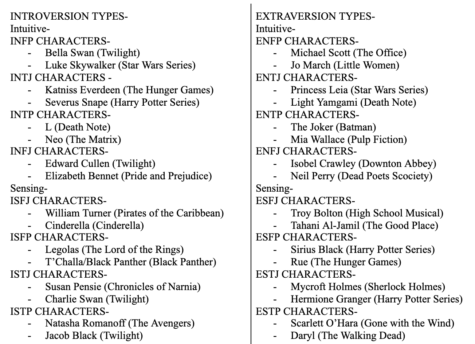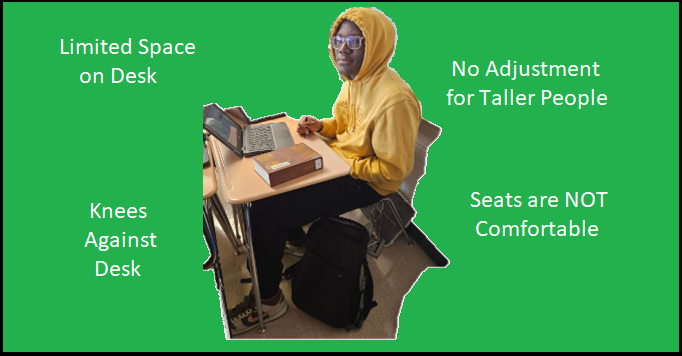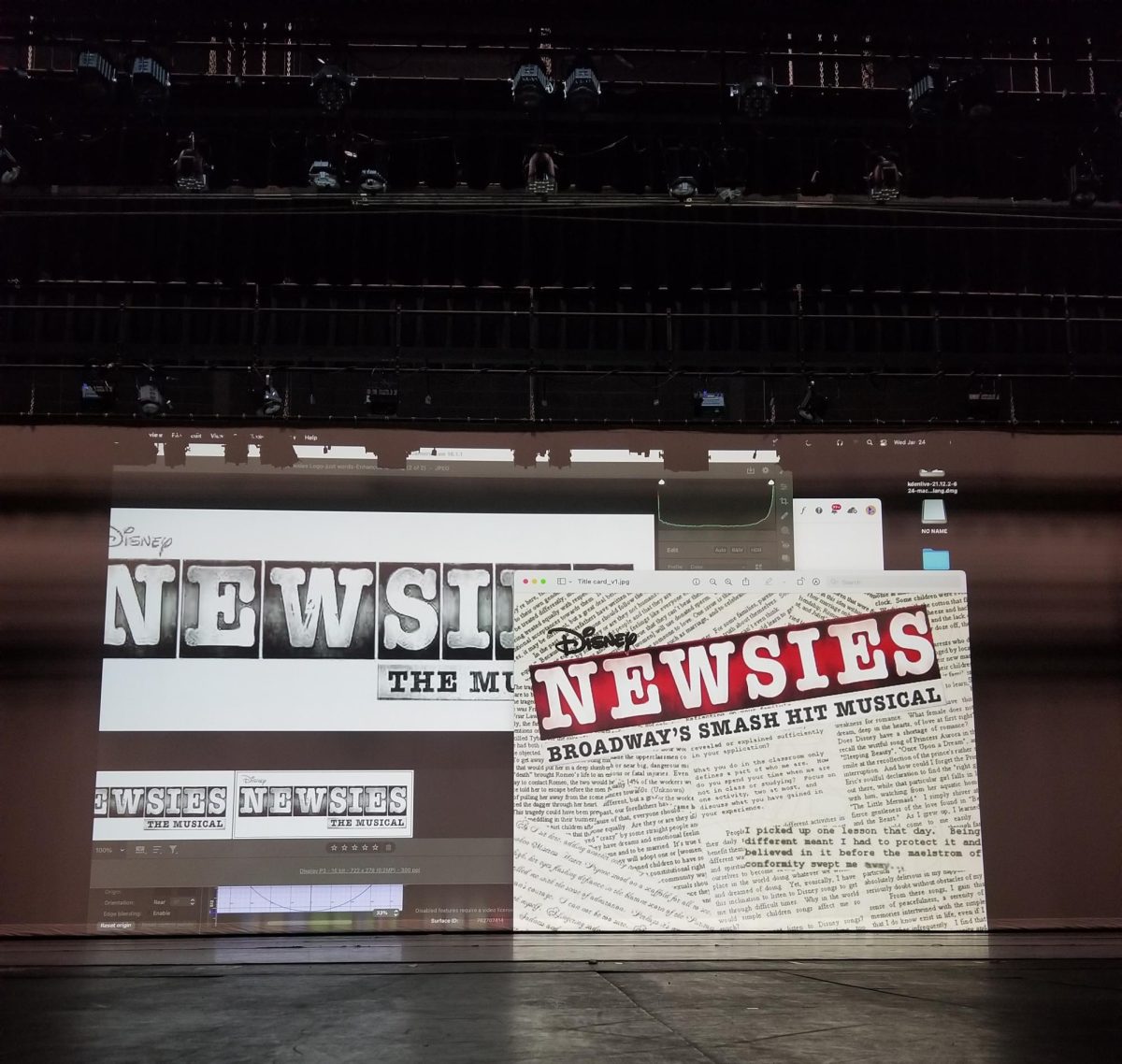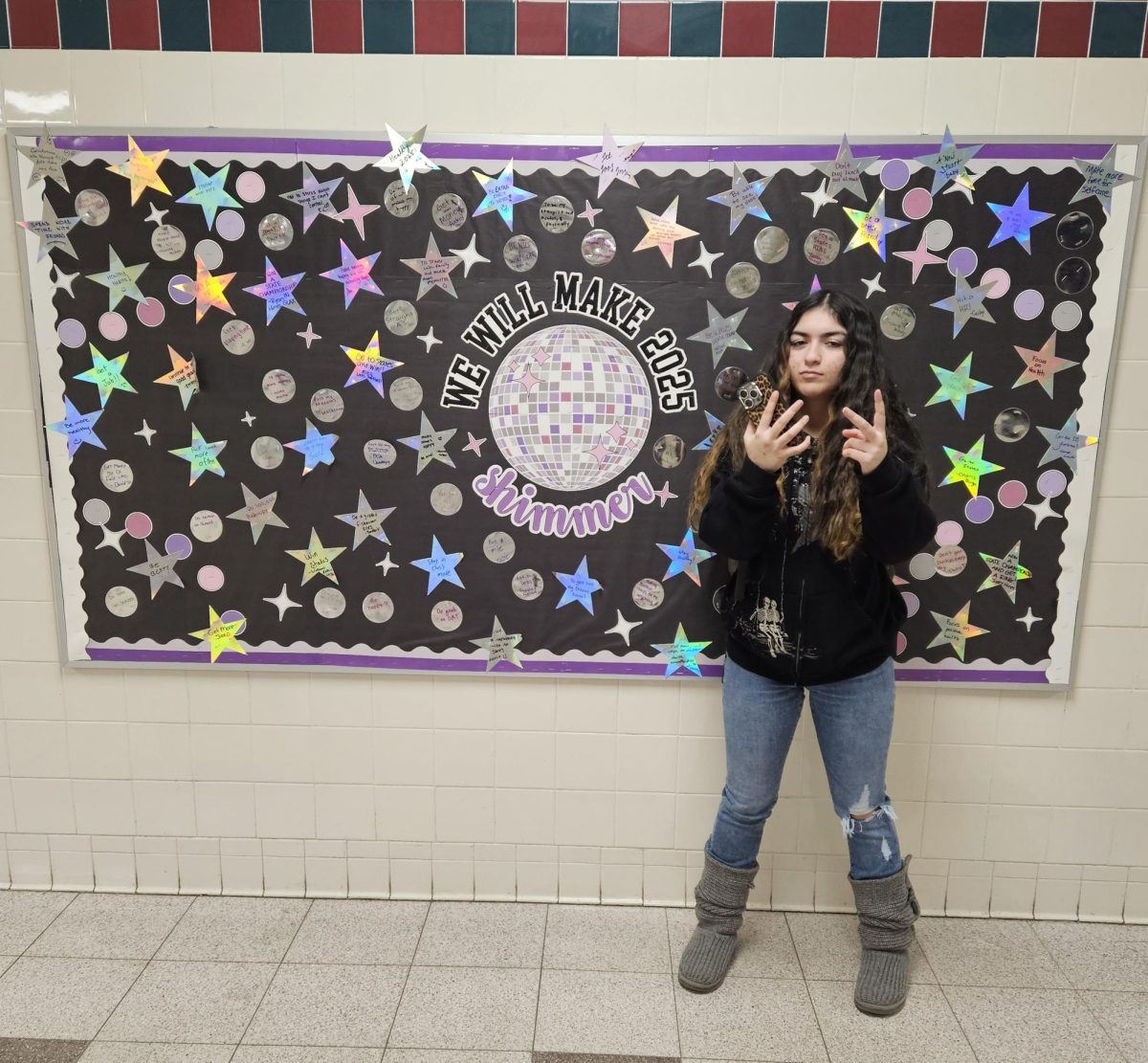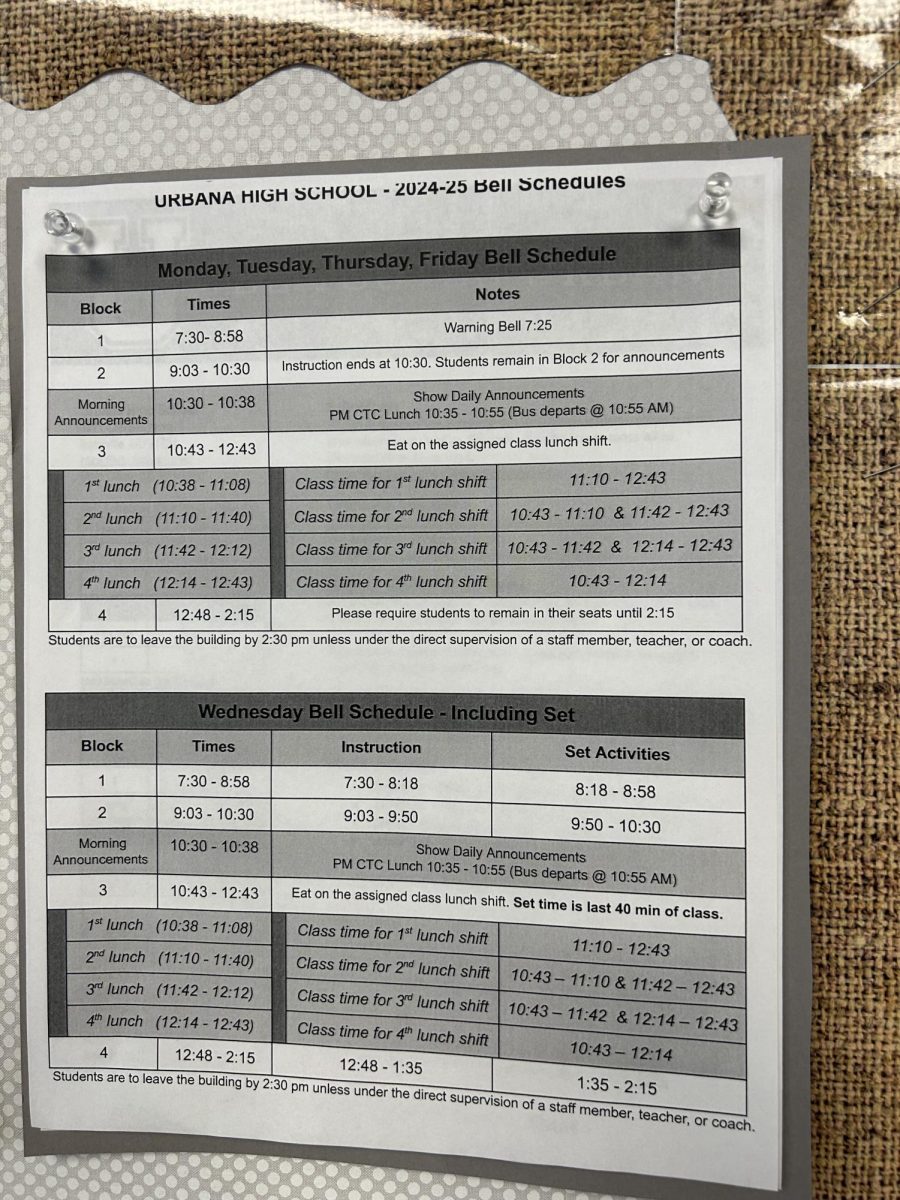16 Personalities: Psychology or Pseudoscience?
December 13, 2021
What is the Myers-Briggs Type Indicator?
The Myers-Briggs Type Indicator (MBTI) was created in the mid 20th century by Katharine Cook Briggs and her daughter Isabel Briggs Myers. Carl Jung’s theory of psychological types in 1921 intrigued the two women and they began to draw connections from his ideas to their own. MBTI is a self assessment that divides your personality into four categories: introversion or extraversion, sensing or intuition, thinking or feeling, and judging or perceiving. Those four categories make up the 16 personalities.
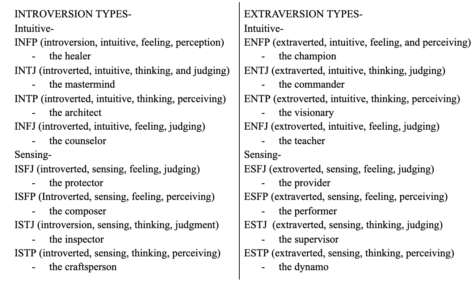
Why has this test been criticized?
It has been criticized by some to be pseudoscience (a collection of beliefs or practices mistakenly regarded as being based on scientific method). Over time the test was shown to be unreliable; it would show different responses for the same person on different occasions. In 1991 a review committee came to the decision that at the time there was “not sufficient, well-designed research to justify the use of the MBTI in career counseling programs.” People have also criticized the test saying that the traits given and terms used to define the types were vague and general.
